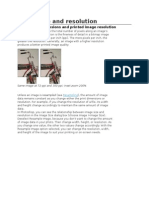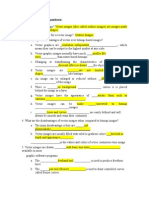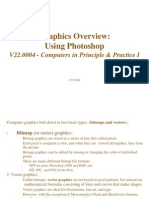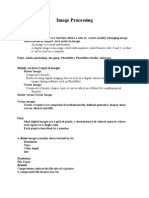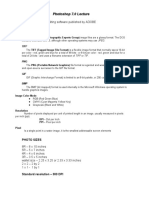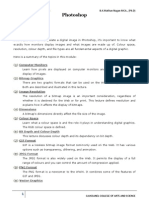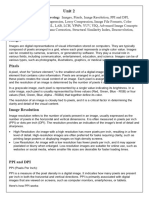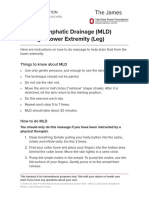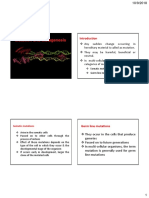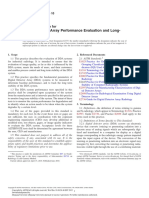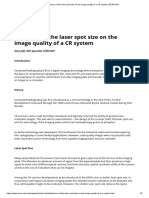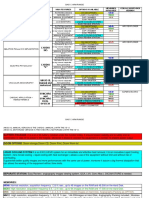0% found this document useful (0 votes)
136 views16 pagesBasics of Photoshop
The document discusses key concepts in digital image editing including the Photoshop interface, image file formats like JPEG and PNG, pixels and resolution, and factors that affect image quality when printing or displaying on screen. It provides explanations and examples of terms like PPI, DPI, pixel dimensions, and how changing resolution impacts file size and appearance.
Uploaded by
Sundaralingam RajCopyright
© © All Rights Reserved
We take content rights seriously. If you suspect this is your content, claim it here.
Available Formats
Download as PDF, TXT or read online on Scribd
0% found this document useful (0 votes)
136 views16 pagesBasics of Photoshop
The document discusses key concepts in digital image editing including the Photoshop interface, image file formats like JPEG and PNG, pixels and resolution, and factors that affect image quality when printing or displaying on screen. It provides explanations and examples of terms like PPI, DPI, pixel dimensions, and how changing resolution impacts file size and appearance.
Uploaded by
Sundaralingam RajCopyright
© © All Rights Reserved
We take content rights seriously. If you suspect this is your content, claim it here.
Available Formats
Download as PDF, TXT or read online on Scribd
/ 16




